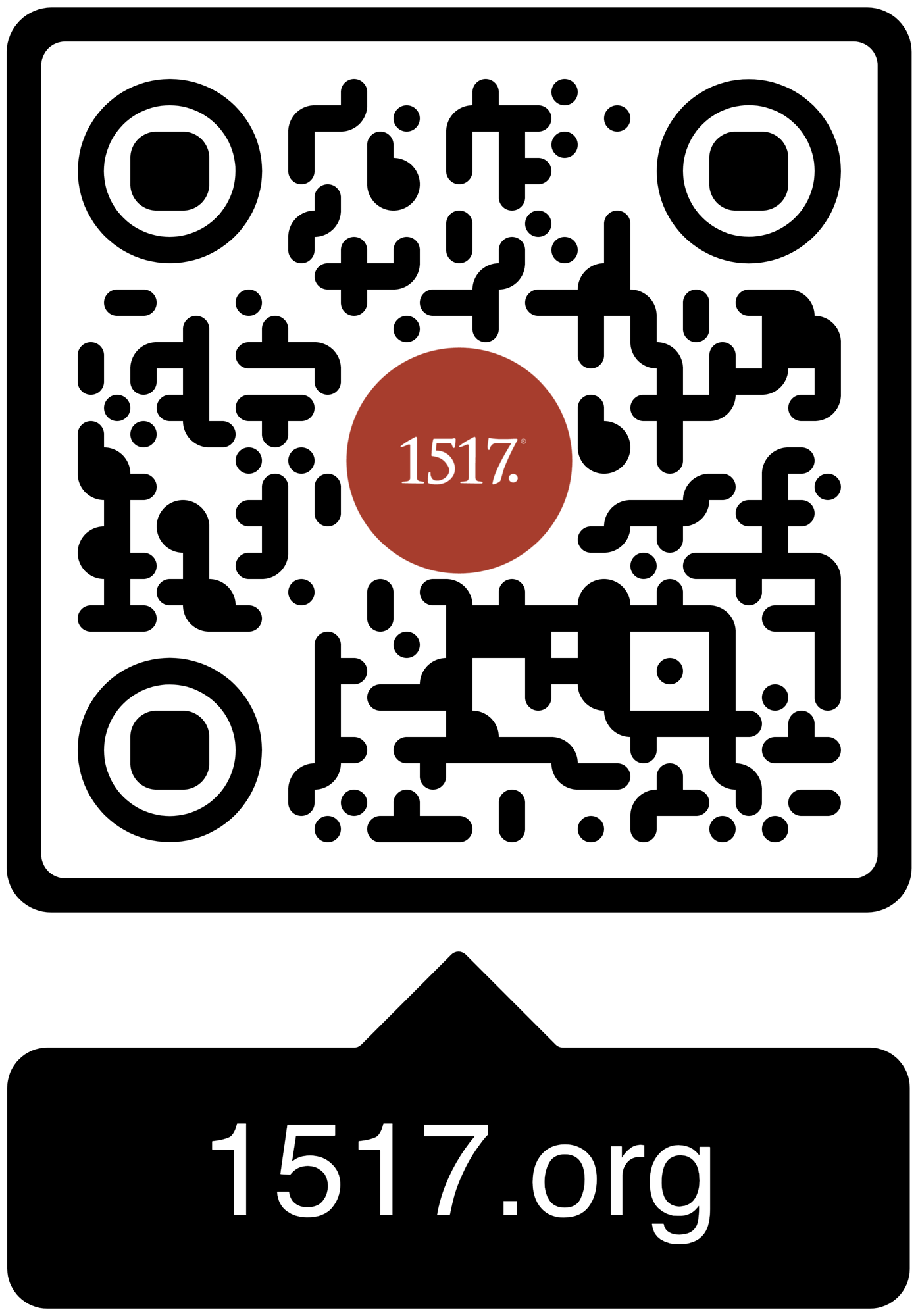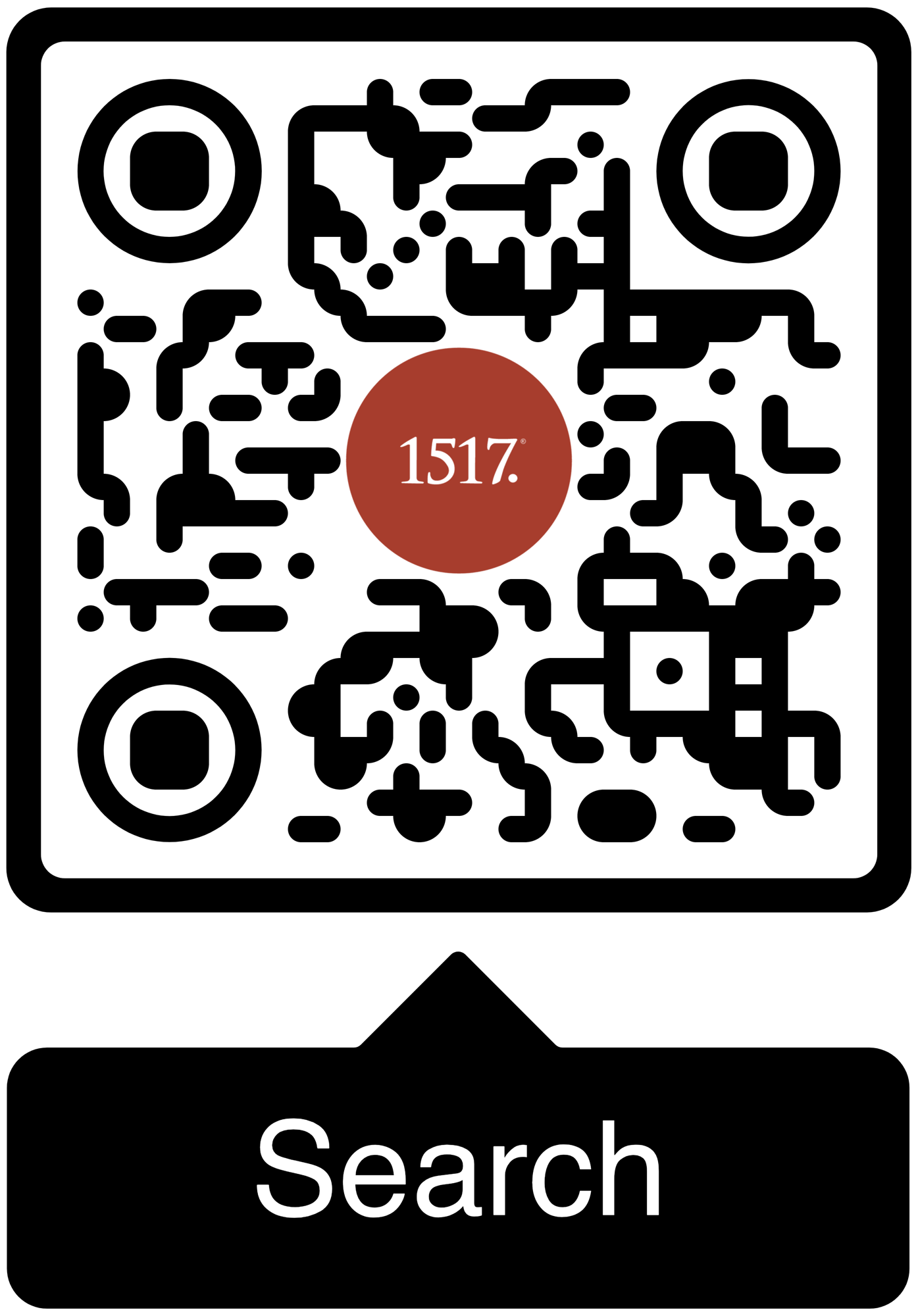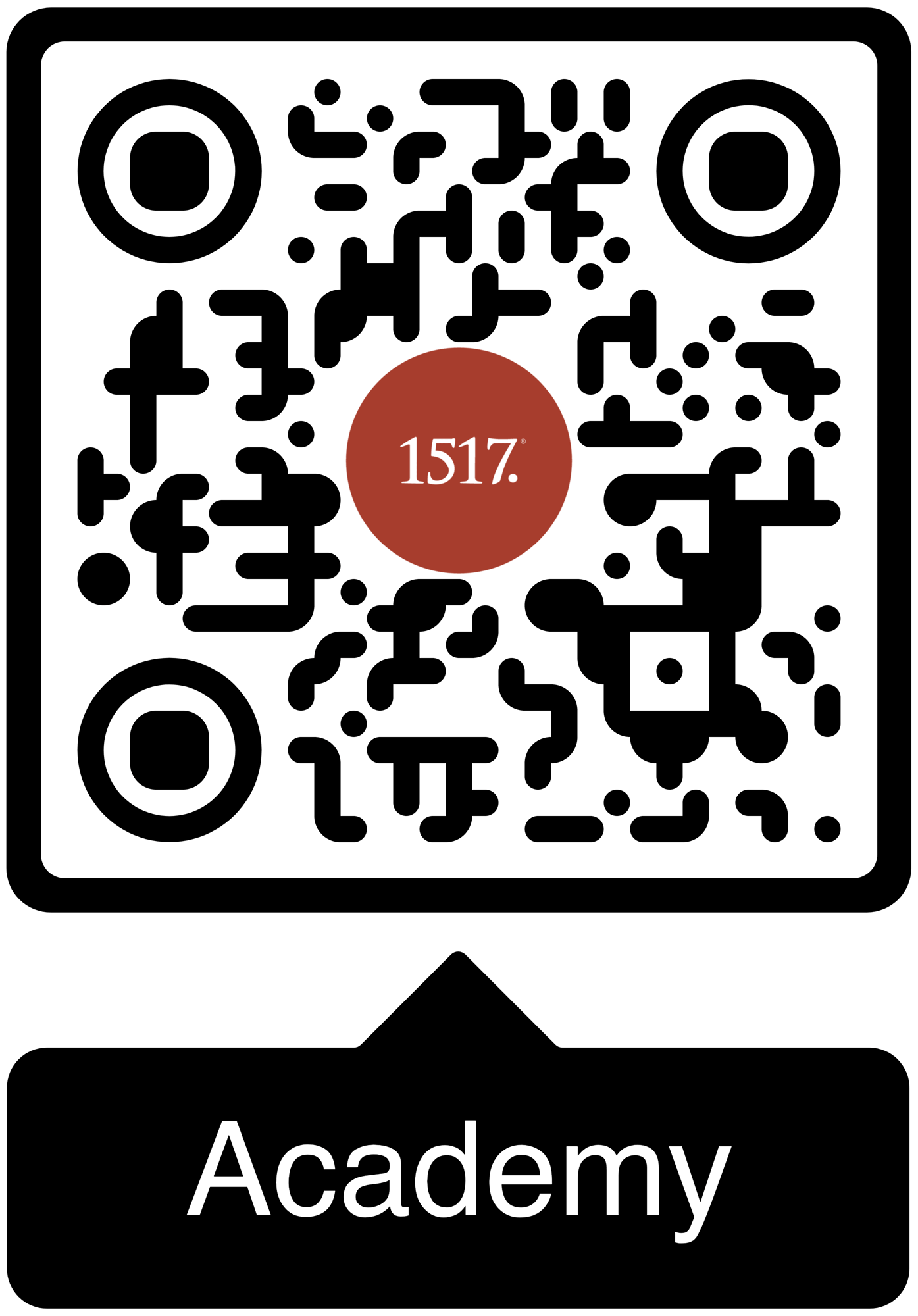It is death that deserves derision, not the disciple who reaches through sorrow for his Lord.
12/04/25
Illness is not romantic. It is not a test, a metaphor, nor a blessing in disguise.
12/03/25
The unity of God’s people is grounded not in lineage nor land but in the promise of the coming Christ.
All Articles
Daniel Deen
- All Authors
- 1517 Guest Contributor
- 1517 Publishing
- 1517 Staff
- A. A. Just Jr.
- A.J. Vega
- Aaron Boerst
- Adam Francisco
- Adam Stetson
- Amy Mantravadi
- Andrew Foss
- Anthony DiLiberto
- Blake Flattley
- Bob Hiller
- Bob Sundquist
- Bonnie Petroschuk
- Brad Soenksen
- Bradley Gray
- Brandon Hanson
- Brandon Pangman
- Brennan Manning
- Brian W. Thomas
- Bror Erickson
- Bruce Hillman
- C.S. Lewis
- Caleb Keith
- Chad Bird
- Charles E. Fry
- Christopher J. Richmann
- Cindy Koch
- CJ Armstrong
- Craig Donofrio
- Dan Chrismer
- Dan van Voorhis
- Dan Weber
- Daniel Deen
- Daniel Emery Price
- Daniel Stenberg
- David Clay
- David Rufner
- David Schmitt
- Debi Winrich
- Delwyn Campbell
- Dominick Santore
- Donavon Riley
- Edward Killian
- Elyse Fitzpatrick
- Erick Sorensen
- Gage Jordan
- Gerhard Forde
- Grant Klembara
- Greg Koukl
- Gretchen Ronnevik
- Haroldo Camacho
- Hermann Sasse
- Jacob Corzine
- Jacob Smith
- Jake Allstaedt
- Jared C. Wilson
- Jason Lane
- Jason Lang
- Jason Oakland
- Jay Sawrie
- Jeff Mallinson
- Jeffrey Pulse
- Jenifer Mohan
- Jessica Delgado
- Jessica Thompson
- Jim Nestingen
- Joel Fitzpatrick
- Joel Hess
- Joey Goodall
- John Bombaro
- John Bortulin
- John Chrysostom
- John T. Pless
- John W. Hoyum
- John Warwick Montgomery
- Jonathan Ruehs
- Jordan Spina
- Joshua Miller
- Justin Rossow
- Karen Stenberg
- Kathy Morales
- Katie Koplin
- Kelsi Klembara
- Ken Sundet Jones
- Kerri Tom
- Kevin Hale
- Kevin McClain
- Kyle G. Jones
- Larry D. Hughes
- Laura Bauer
- Luke Kjolhaug
- Magnus Persson
- Mariah Coward
- Mark Jasa
- Mark Mattes
- Mark Pierson
- Martin Luther
- Matt Johnson
- Matt Kroelinger
- Matt Popovits
- Matthew L. Rubinstein
- Michael Berg
- Michael Gibney
- Nicholas Hopman
- Nicholas Kallis
- Norman Nagel
- Paul Dunk
- Paul Koch
- Pete Lange
- Peter Nafzger
- Philip Bartelt
- Raleigh Sadler
- Rick Ritchie
- RJ Grunewald
- Robert Farrar Capon
- Robert Kolb
- Rod Rosenbladt
- Roland Ehlke
- Ron Hodel
- Russ Lackey
- Ryan Couch
- Ryan Matthias
- Ryan Stevenson-Cosgrove
- Ryan Tinetti
- Sam Leanza Ortiz
- Sam P. Schuldheisz
- Sarah Crowder
- Scott Davis
- Scott Keith
- Scott Landrum
- Seth Moorman
- Steve Byrnes
- Steve Kruschel
- Steven A. Hein
- Steven Paulson
- StoryMakers NYC
- Tanner Olson
- Tate Barber
- Ted Rosenbladt
- Travis Scholl
- Tyler Cronkright
- Uwe Siemon-Netto
- Valerie Thur
- Wade Johnston
- Walter Hwang
- Wayne Sender
- Zack James Cole
02/18/15
We tend to think about apologetics as an academic enterprise, as something that requires formal training.
01/16/15
I’ve always been taken aback by how much apologetic ink is spilled over understanding Genesis in the light of contemporary science, usually evolutionary biology.
10/29/14
The 21st century is simply not compatible with a reformational mindset. Daniel Dennett argues in Darwin’s Dangerous Idea (1995) that conservative Christians better serve their secular neighbors as specimens in a cultural zoo, relics of a bygone world.
09/09/14
One gets science or religion, but not both. Today’s model swings to the other end of the pendulum, flirting with an extreme inclusivity. One gets science and religion, as long as they are properly understood.
08/05/14
Today I have a hankering to talk about beavers. Who doesn’t love beavers? The binomial nomenclature reads Castor canadensis.
07/07/14
Huxley, Dawkins, Hodge, and Plantinga characteristically illustrate Ian Barbour’s conflict model. The idea is that the universe is not big enough for the likes of science and religion to coexist. The conflict proponent, whether pro-science or pro-religion, adopts an attitude of total domination.
04/21/14
I will take a look at the locus classicus on the relationship between science and religion, Religion and Science: Historical and Contemporary Issues (1997) by Ian Barbour.
04/01/14
In the public square, concerning public law, policy, and moral norms, debate is best carried out not with reference to that special revelation unique to a particular religion, but by appeal to that natural knowledge of the law possessed by all (even while recognizing human attempts, often successful, to suppress it).
03/19/14
Much like the 2014 Superbowl, the debate itself was lackluster and utterly predictable. However, one aspect of the debate struck me as worthy of commentary; the way Mr. Ham presented himself as a Christian intellectual.
02/18/14
We tend to think about apologetics as an academic enterprise, as something that requires formal training.
02/13/14
Philip Melanchthon once said, “Those who disparage philosophy not only wage war against human nature, but they also severely injure the glory of the Gospel.”
1517 is a Christian non-profit (501(c)3) multi-media organization. Our mission is to declare and defend the Good News that we are forgiven and free on account of the death and resurrection of Jesus alone.





1517 grants permission for our free online resources to be printed, photocopied, and otherwise used freely for private and church use. We require that authorship and source (1517.org) are referenced and maintained. These resources may not be sold or included in any publications for sale.


